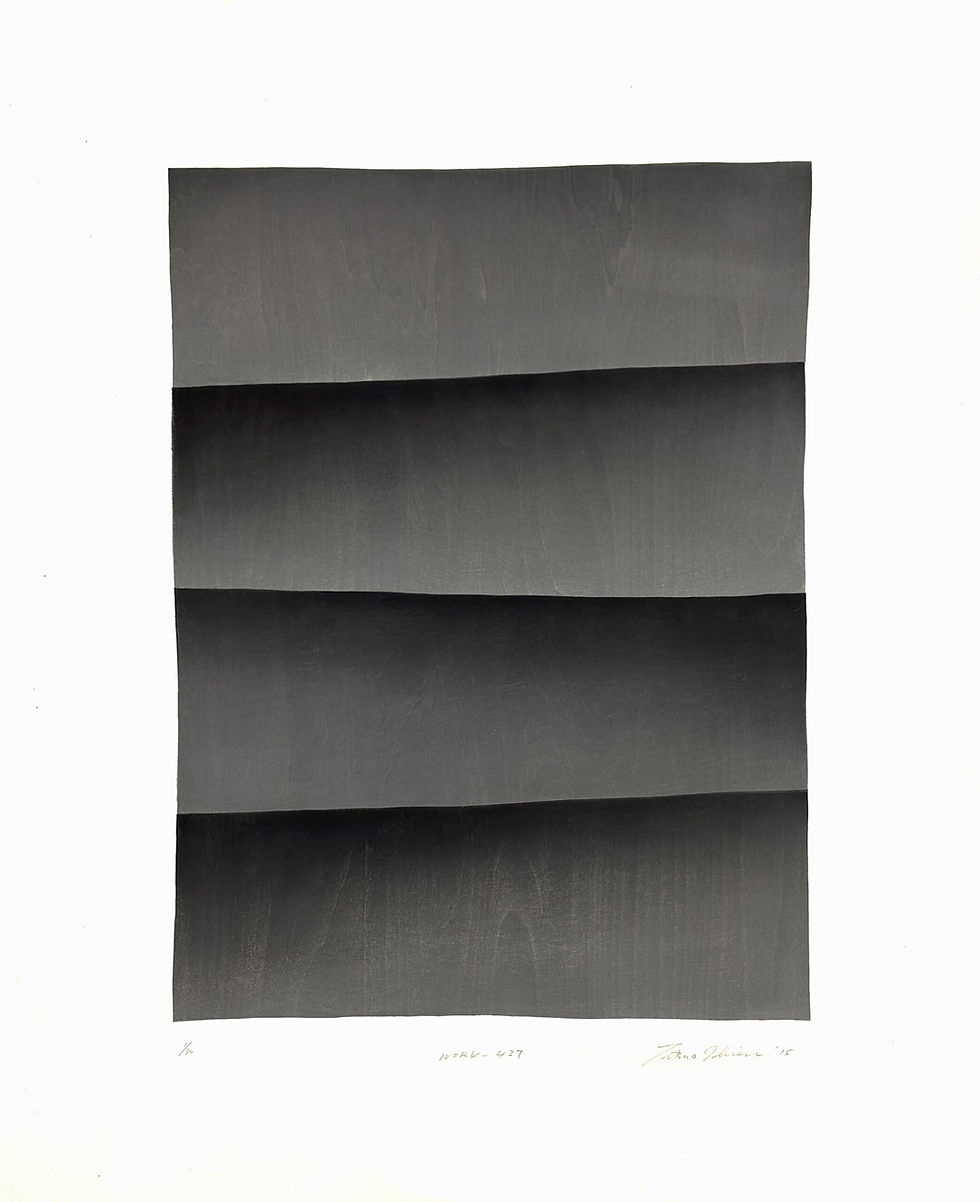TAKAHASHI Hiromitsu: the Last of The Kappazuri Masters
- hilarytolman
.jpg/v1/fill/w_320,h_320/file.jpg)
- Jul 31, 2021
- 2 min read
Updated: Aug 1, 2021
Since the Olympics are taking place in Tokyo this summer, and the global TV watching audience is learning about Japan, it seems fitting to reflect on one of the most Japanese of the Japanese artists whom I represent.
Takahashi Hiromitsu (b.1959) has made it his life’s goal to perpetuate the traditional kappazuri printing technique. These days, when everything is homogenized, his work stands out. From the intensity of a battle scene to the bursts of color in the sky during a firework display, Hiromitsu reveals a more traditional Japan than the one that we typically encounter on a day to day basis. There are many examples of 18th and 19th century Japanese woodblock printmakers who also depicted the ferocity of battle or crowds watching fireworks but, these days, many artists have turned their attention to abstraction. The modern world seems very far away when one starts studying Hiromitsu's oeuvre.

Both of his parents were artists and also worked as printers for the renowned artist Yoshitoshi Mori (1898-1992) who made the stencil technique his own. Hiromitsu’s mother, Soeda Toshiko was an accomplished textile designer known for her bright colorful designs. Mother and son frequently attended the traditional theater known as Kabuki and Hiromitsu reveled in the complexity of the stories and the vivid patterns of the kimono costumes. The heavily made-up actors striding up and down the stage, striking dramatic poses as they recited their lines left an impression on the boy.
Later, after college and a brief career as a salesman for the Sanrio Corporation, Hiromitsu decided to bring the traditional tales to life in his work and concentrated on mastering the labor-intensive technique of stencil printing or kappazuri as it Is known in Japanese. Meticulously and painstakingly, paper stencils (coated with persimmon juice to stiffen the reverse of the paper) provide the template of the design and ink is then pushed through the cut-out open spaces of the stencil onto a sheet of paper, much as one transfers designs onto fabric.

Because he uses contemporary inks, Hiromitsu’s vibrant prints ae brighter than the old woodblock prints that we all know. These modern kappazuri prints are not made with vegetable dyes that will fade. And his efforts to keep tradition alive means that our impressions of traditional Japan won’t fade either. Hiromitsu's work is exclusive to The Tolman Collection and we are thrilled that his work hangs in museum collections around the world. from The Ashmolean in Oxford, to The Library of Congress in Washington, D.C.
For those of you who are interested in the artist’s work, further examples can be seen on his artist’s page. Lucas Martineau has recently published a book on the artist which can be ordered via this link or by clicking on the image below.



